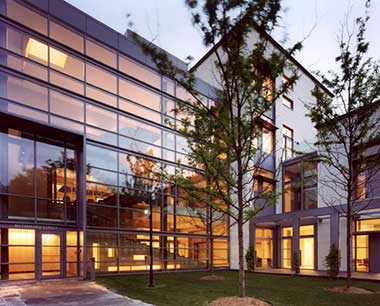By: Elizabeth B. Stein, Attorney and Adam Peltz, Attorney
The New York State Public Service Commission (Commission) took a historic step late last week, unanimously approving an Order that requires Con Edison to implement state-of-the-art measures to plan for and protect its electric, gas, and steam systems from the effects of climate change. This announcement regarding the future of New York State’s largest utility comes as a welcome coda to local storm recovery and resiliency efforts that have been in the works for some time now.
On October 29, 2012, Superstorm Sandy clobbered the coastline of New York City. Homes were swept away or badly damaged as corrosive salt water flooded basements, while millions lost power. In one of the enduring images of the storm, an exploding transformer at East 14th Street caused the “city that never sleeps” to go dark below 40th Street and stay that way for the better part of a week. Read More












